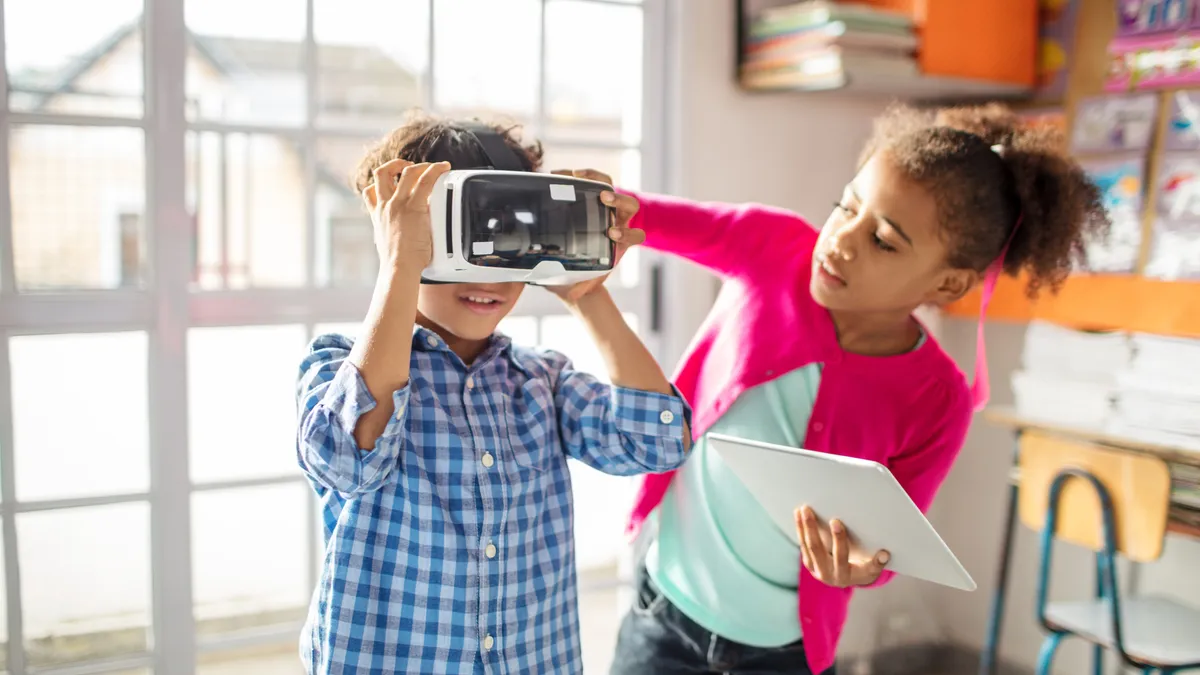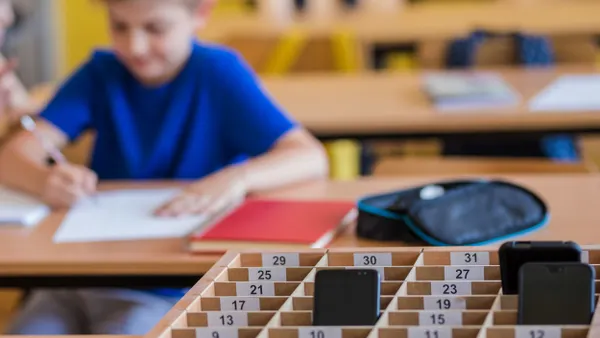Dive Brief:
- A variety of virtual reality tools have been adopted by classrooms over the past decade, but how effective is the technology in practice? At least one recent study, published by Frontiers in Psychology in April 2024, examined whether VR may increase student engagement during learning.
- The study looked at research that involved the use of VR with students, from how well the technology boosts student motivation to examining its benefits for learning outcomes.
- Critically, the study’s authors wrote, stakeholders need to support teachers so they have the skills to dynamically and effectively weave VR into classrooms, particularly as technology changes.
Dive Insight:
The authors noted that VR “can positively impact student engagement and learning outcomes." Although different from artificial intelligence’s rapid evolution, the technology underpinning VR has also evolved.
Google Cardboard, for example, is in part an app that allows people to put their mobile devices into cardboard viewers with special lenses. This tool has given way to robust headsets that abound with spatial audio, haptic feedback and immersive visuals.
While some educators are certainly early adopters of this technology, others likely need more support. Schools that want to weave this technology into classrooms need to offer necessary training for teachers. And that needs to be far more robust, covering how to use VR technology and devices — from the software and operating systems underpinning these tools to the mechanics of operating the headsets — while also knowing how to use them effectively in instruction.
As the authors noted, "The potential problems with incorporating VR in middle education are the difficulty of the education system in keeping up with VR developments, the higher demands of student digital literacy, and the lack of teacher proficiency in the use of VR.”
These challenges point to a need for educational leaders and policymakers to provide training and technical support so teachers can master VR and fully take advantage of the technology’s ability to improve teaching and student engagement, wrote the study's authors.













